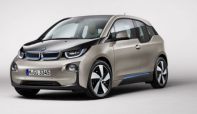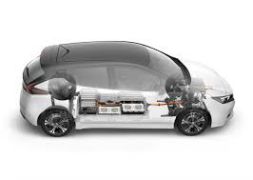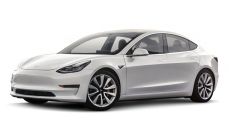





Lotus 1.2l ICE 3 cylinders 15-35kW Range Extender

Range Extender technology
Steady state electrical power demand
Maximum and average required power
The electric power taken to the batter is much lower than the maximum power of a vehicle.
A 70kW vehicle operates in this maximum power only during the phases of acceleration (a few seconds), and possibly during an ascent (a few minutes).
On the other hand, on a longer period, the average power tends towards power absorbed for a constant speed. So, the same vehicle of 70kW will work in 26kW maximum on a duration extended at 130kph.
Unless 60 kph (urban use), the average power taken to the battery is even less than 5kW!
Range Extender
As a consequence, a "generator" sized according to the specifications of the vehicle can be added. The maximum power of the vehicle remains unchanged and delivered by the battery. The sizing of the range extender will be depend on the specifications regarding the " maximum average power " required by the vehicle:
- Constant speed on highway implies to size the range extender of kind to compensate for the power taken to the battery.
As an example, the 35 kW Lotus range extender which equips the 300kW Electric (plugin hybrid) Lotus Evora which runs a 0-100kph in 4s. This extreme case illustrates the decorellation between the maximum power of the vehicle and the average power demanded to the range extender.
- Urban cycle and / or heating : an average power of 5 kW can be sufficient. this is the proposed solution by the French Symbio Fcell company which equipped Kangoo ZE (Full electric) of range extender using a fuel cell (feeded by hydrogen).
Fuel cell or ICE ?
Advantage of the fuel cell :
- no emission in the use (rejection = water)
- no noise and vibration in use
- Free location in the vehicle
Drawbacks of the fuel cell:
- Manufacturing and distribution of the hydrogen.
Advantage of the Internal Combustion Engine range extender :
- Existing distribution network.
- Optimization of the engine speed allowing a reduced consumption and a pollution compared with a ICE or hybrid vehicle.
Drawbacks of the Internal Combustion Engine range extender
- Noise independent from the acceleration.
- Polluting emissions.
- Heavy development for an adaptation for vehicle.
- Constraints of location: admission, escape, fuel thank.



Electric and hybrid vehicules technology





Réalisations